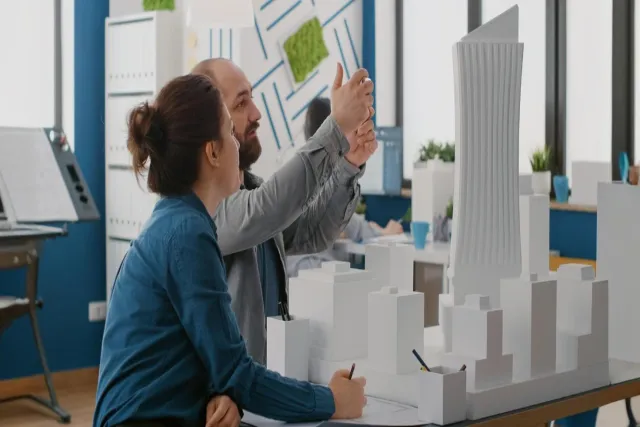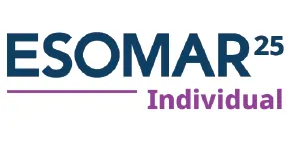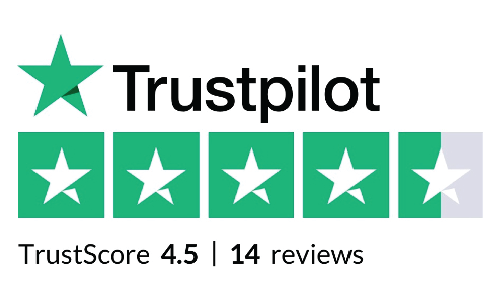
Creating a strong partnership in architectural visualisation is a way to get success in any design project. It’s not just about creating beautiful renders, it's about creating a smooth, effective collaboration that helps all parties involved reach their goals. Whether you’re working with a client or a visualisation specialist, this article provides seven simple yet essential tips to ensure a seamless partnership.
1. Clear Communication is the Foundation
Before starting any project, you should talk about the project’s scope and what’s expected at each stage of the design process. Don't leave the room for assumptions. Daily check-ins in all the projects keep members aligned and help resolve any concerns early on. Moreover, clear communication decreases misunderstandings and saves time, ensuring that the project stays on track.
2. Set Realistic Expectations from the Start
While it’s easy to get caught up in the excitement of a new project, setting achievable goals ensures that there’s no disappointment down the road. Make sure the timelines and quality standards are well-defined. True expectations also mean understanding the limits of what can be achieved with the available resources, so everyone knows what to expect and can work towards a common goal.
3. Collaborate on Design Concepts Early On
During the initial phases of the project, bring in all key players, including architects, designers, and visualisation specialists, to brainstorm and refine the design. Partnering from the start helps in identifying possible issues early and saving time. When members are on the same pace from the start, there will be no big revisions after, which can delay the project and increase costs.
4. Stay Flexible and Open to Feedback
No matter how well a project is planned, encourage a culture of feedback, where all parties feel comfortable expressing their thoughts. This openness fosters innovation and improvement. If the visualisation isn’t meeting expectations, make adjustments without getting discouraged. Also, it is vital to keep an open mind and take every piece of advice as an opportunity to improve and refine the project.
5. Leverage Technology and Tools for Better Efficiency
Go for modern architectural visualisation software that promotes accuracy. Using the latest technology ensures that the designs are up-to-date with industry standards, while also helping teams collaborate easily. For example, 3D modeling tools allow stakeholders to better visualize the space. Investing in technology can smoothen the whole workflow, making the process run quicker.
6. Understand the Role of Each Team Member
In any architectural visualisation partnership, every team member has a unique role that contributes to the overall success of the project. You should clearly divide responsibilities to ensure that everyone can focus on what they do best. For instance, the designer might focus on the conceptual design, while the visualisation specialist will focus on bringing those ideas to life with 3D renders.
7. Maintain a Positive, Solution-Oriented Mindset
There will always be problems, but it's important to think about them in a way that helps you find answers. When problems come up, working together to solve them keeps the project going forward and keeps the partnership strong. Keep in mind that a positive attitude helps everyone stay motivated and engaged in the process, which contributes to the overall success of the project.
Building Strong Partnerships for Exceptional Design!
Successful architectural visualisation partnerships rely on clear communication and maintaining a positive attitude. By following these important tips, the process becomes more streamlined, and the final result reflects the hard work and dedication of everyone involved. When all parties work together toward a common goal, a successful partnership is more than possible, it's guaranteed.
Disclaimer: This post was provided by a guest contributor. Coherent Market Insights does not endorse any products or services mentioned unless explicitly stated.





